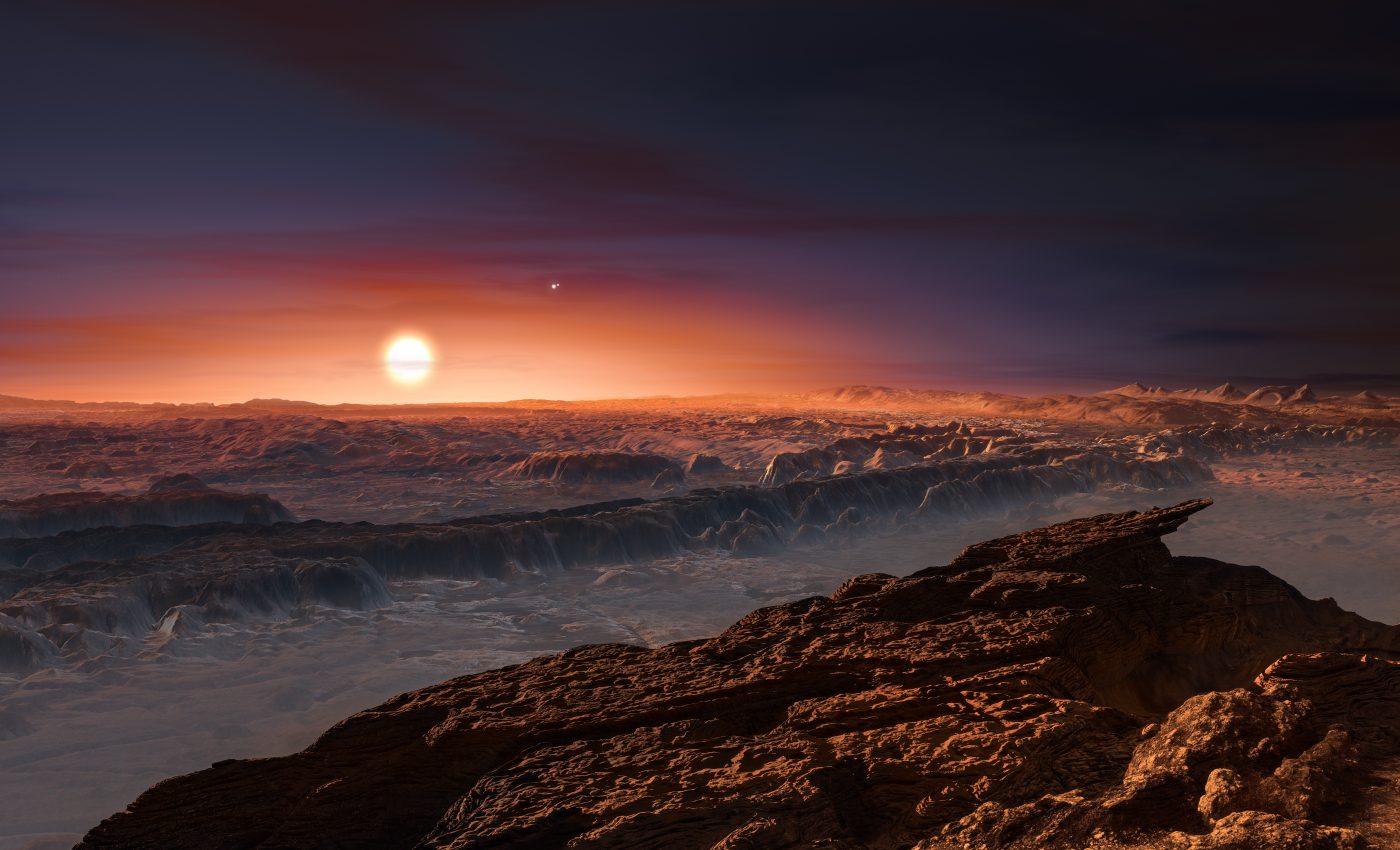
The search for extraterrestrial life should include what’s inside a planet
An interdisciplinary team of researchers at the Carnegie Institution for Science is urging the scientific community to recognize the significance of a planet’s interior dynamics when investigating whether it is capable of hosting life.
With the capabilities that we currently have available, it is common to assess a planet’s habitability by looking for signatures of life in the atmosphere. However, the Carnegie team argues that the planet’s innermost composition and activity must also be considered.
“The heart of habitability is in planetary interiors,” said study co-author George Cody.
On Earth, for example, plate tectonics are crucial for maintaining a surface climate where life can thrive. Furthermore, the convection that drives the planet’s magnetic field depends on the cycling of material between its surface and interior. Without its magnetic field, Earth would become uninhabitable.
“We need a better understanding of how a planet’s composition and interior influence its habitability, starting with Earth,” said study co-author Anat Shahar. “This can be used to guide the search for exoplanets and star systems where life could thrive, signatures of which could be detected by telescopes.”
Planets are formed from silicon, magnesium, oxygen, carbon, iron, and hydrogen. The abundance of these chemical elements, as well as the heating and cooling they experience in their youth, will affect the interior chemistry and other aspects of a planet such as its atmospheric composition.
“One of the big questions we need to ask is whether the geologic and dynamic features that make our home planet habitable can be produced on planets with different compositions,” said study co-author Peter Driscoll.
The Carnegie team concluded that the search for extraterrestrial life must be guided by a combination of astronomical observations, lab experiments of planetary interior conditions, and mathematical modeling.
“Carnegie scientists are long-established world leaders in the fields of geochemistry, geophysics, planetary science, astrobiology, and astronomy,” said study co-author Alycia Weinberger. “So, our institution is perfectly placed to tackle this cross-disciplinary challenge.”
The study is published in the journal Science.
—
By Chrissy Sexton, Earth.com Staff Writer
Image Credit: ESO/M. Kornmesser













